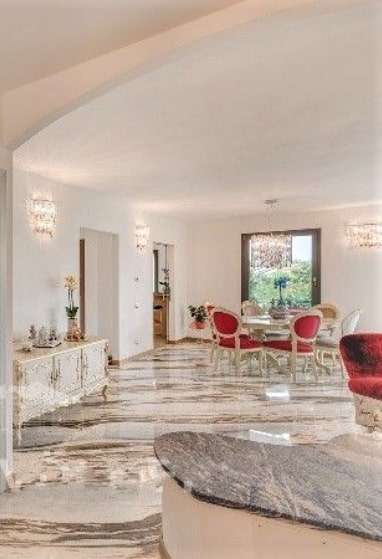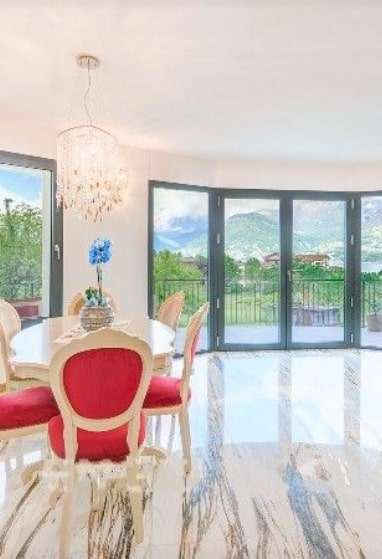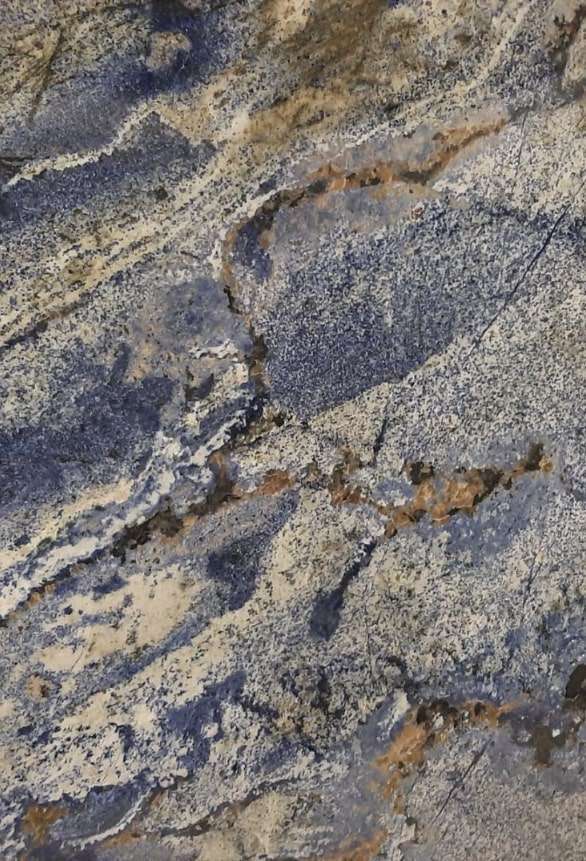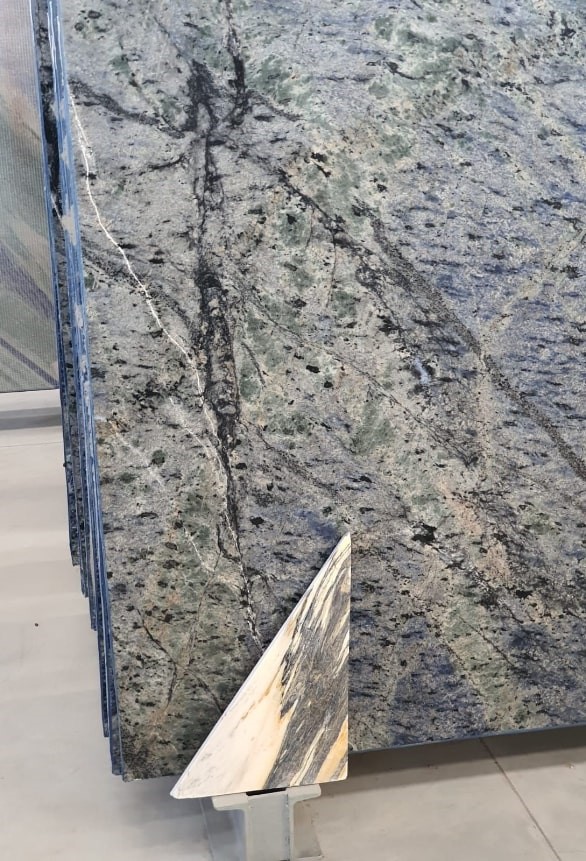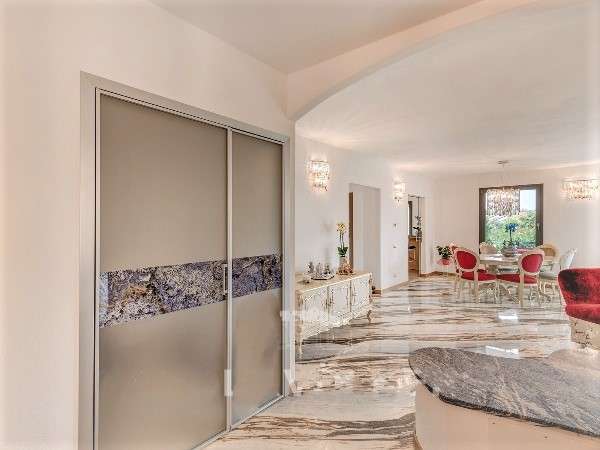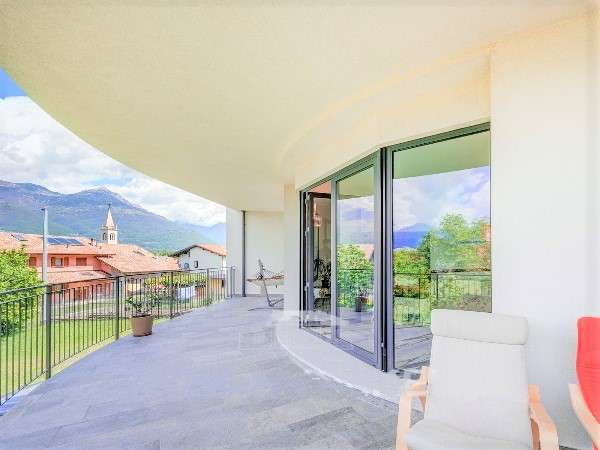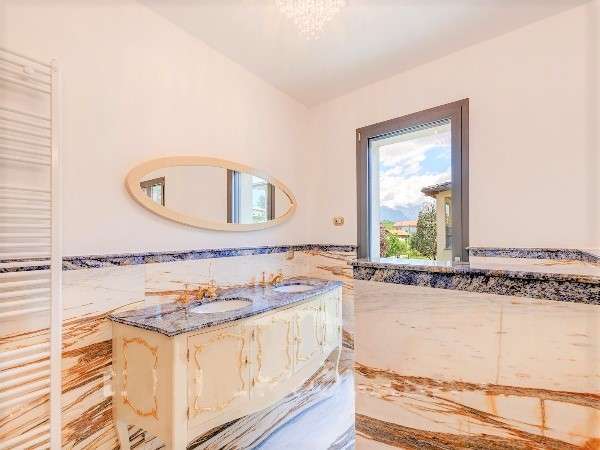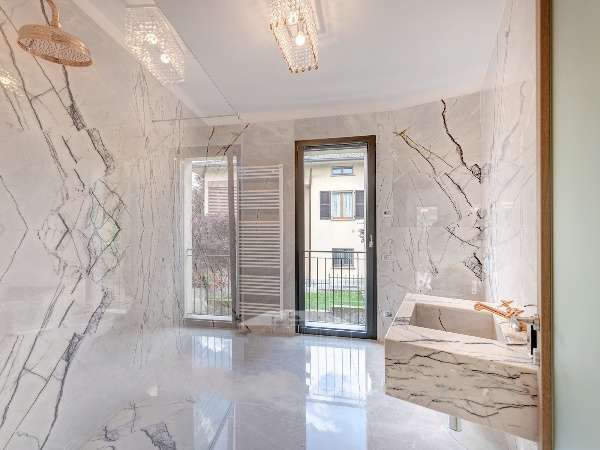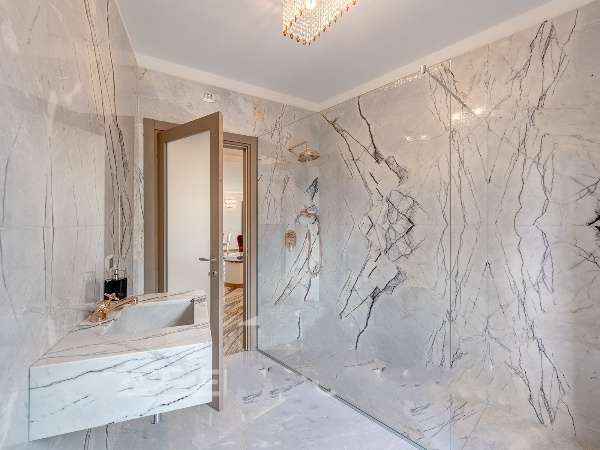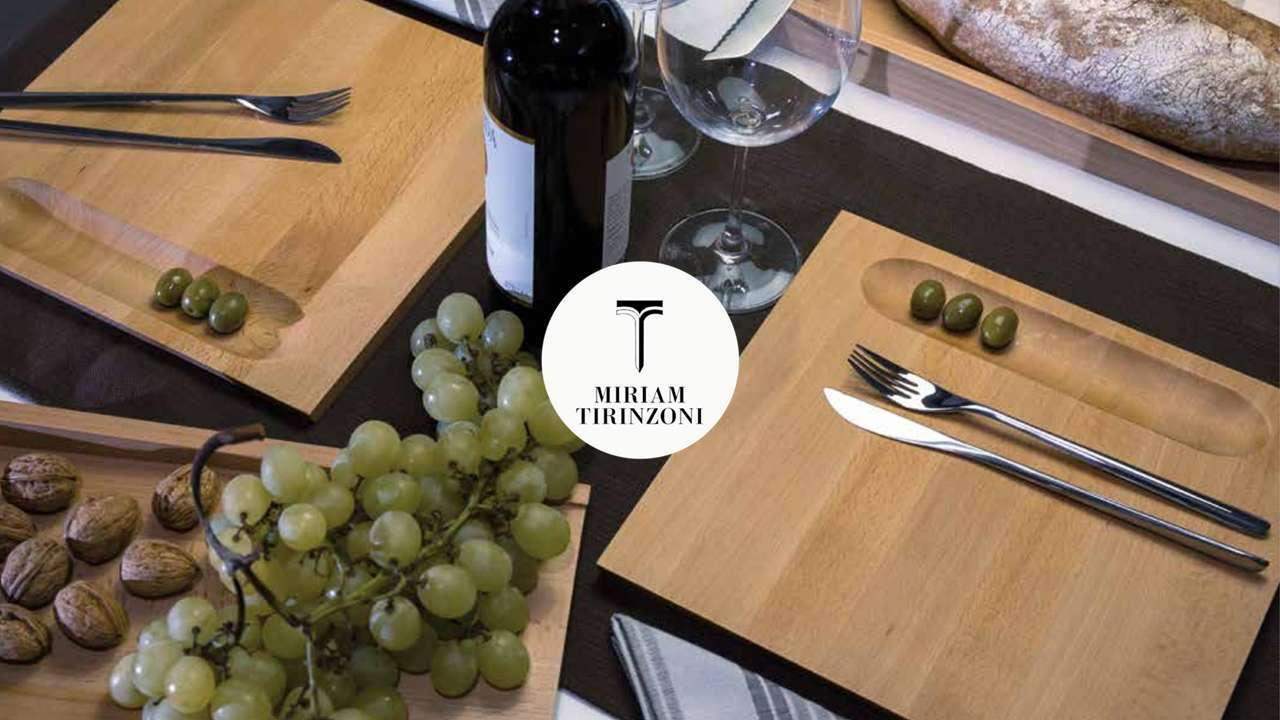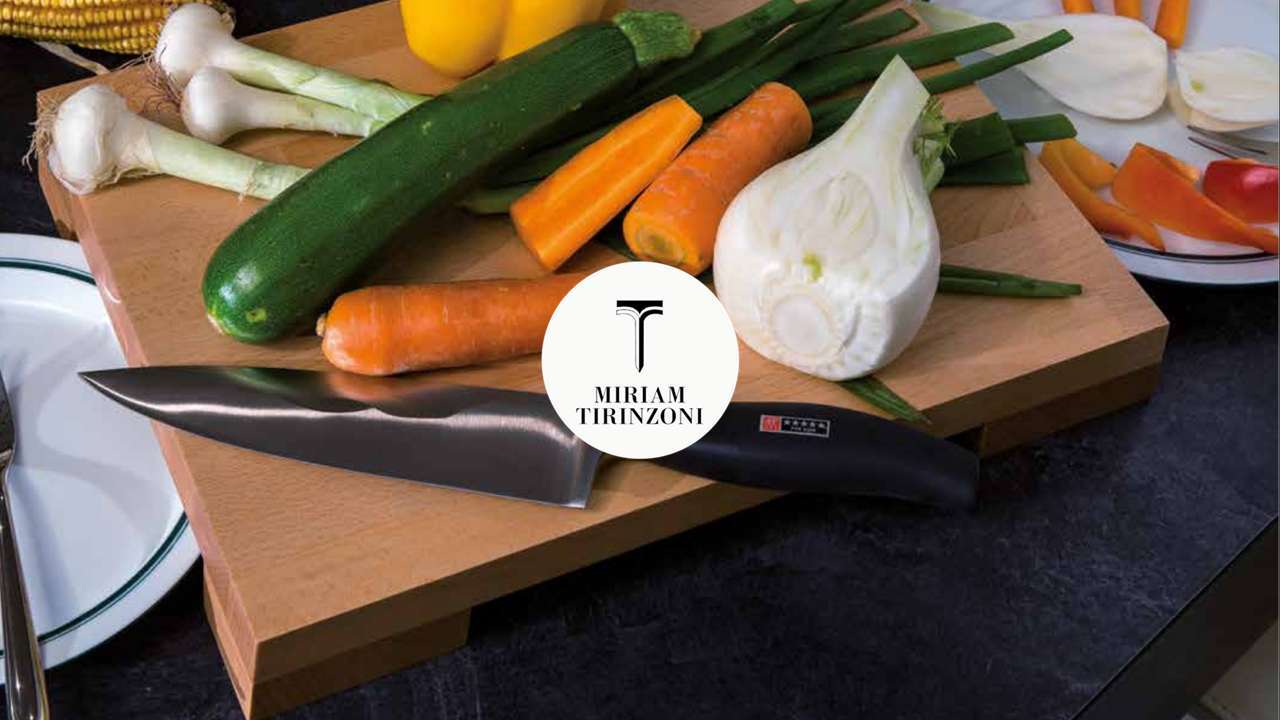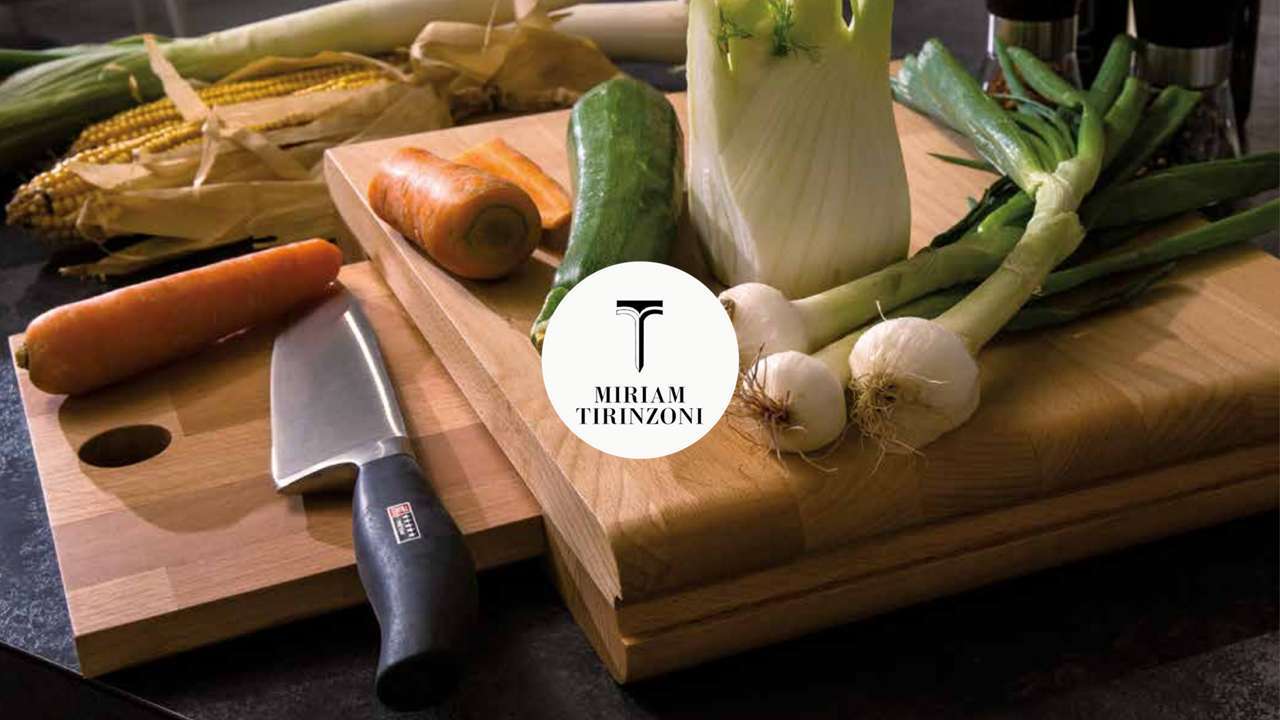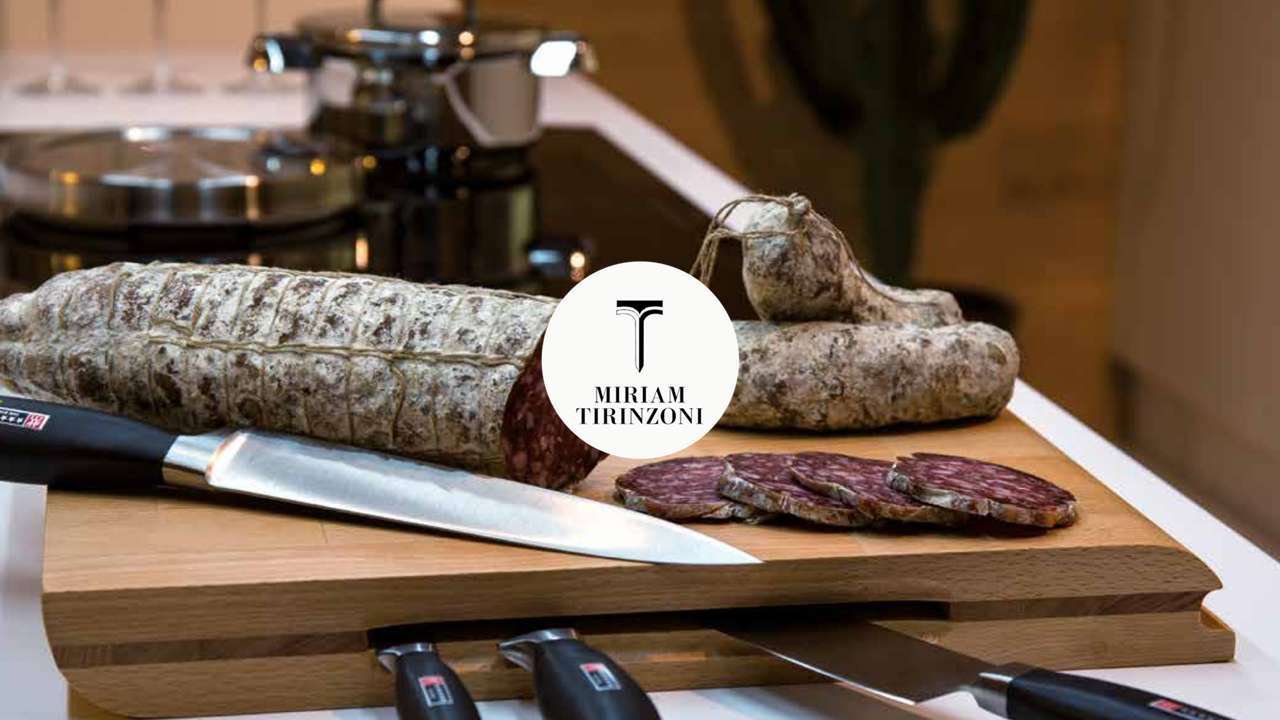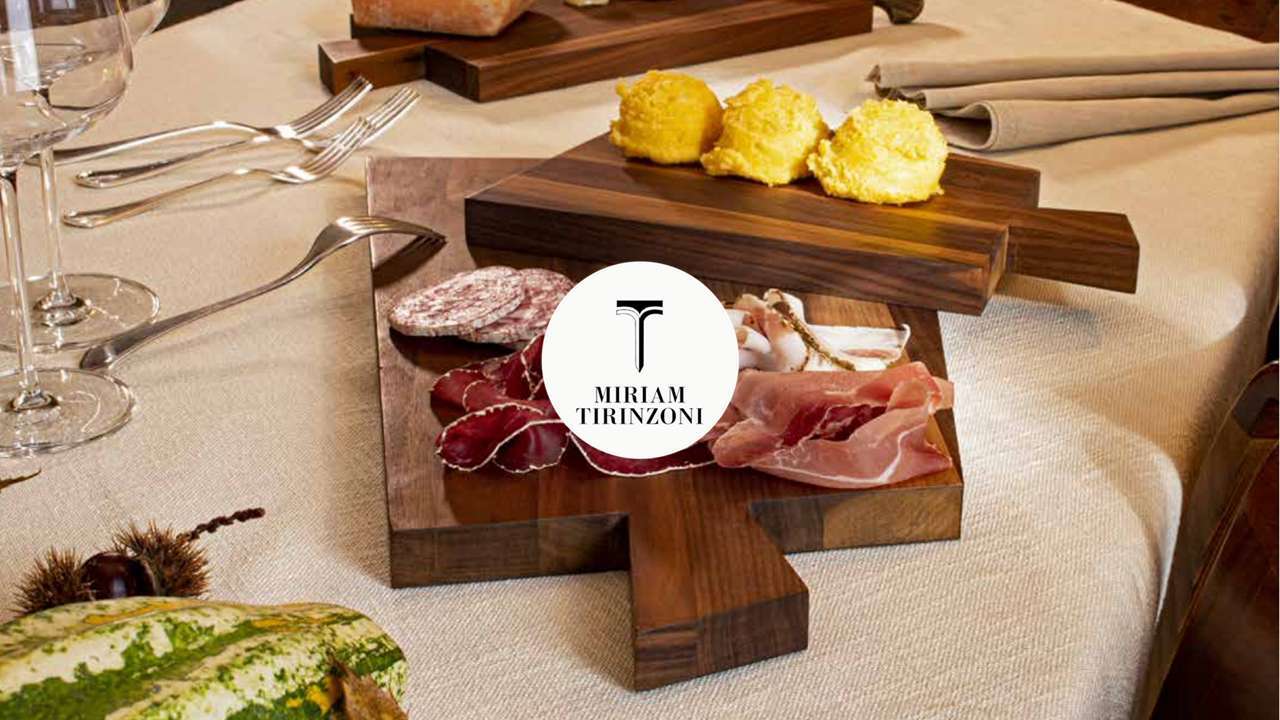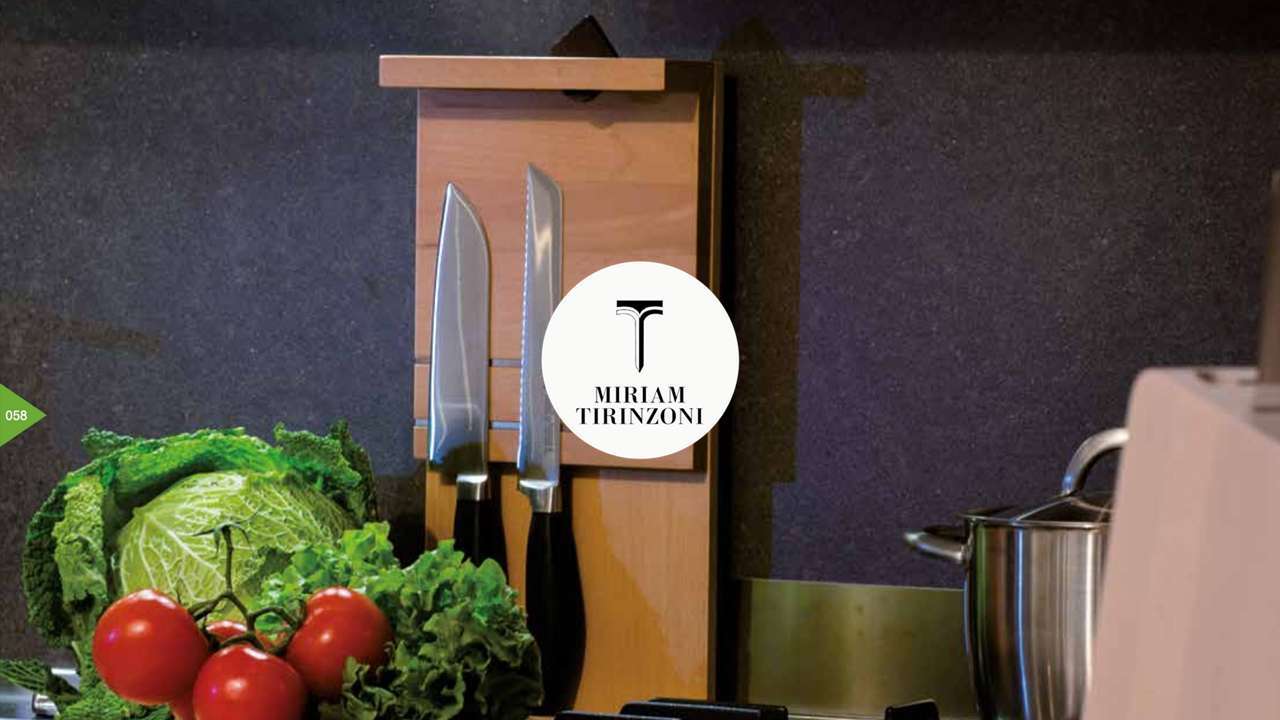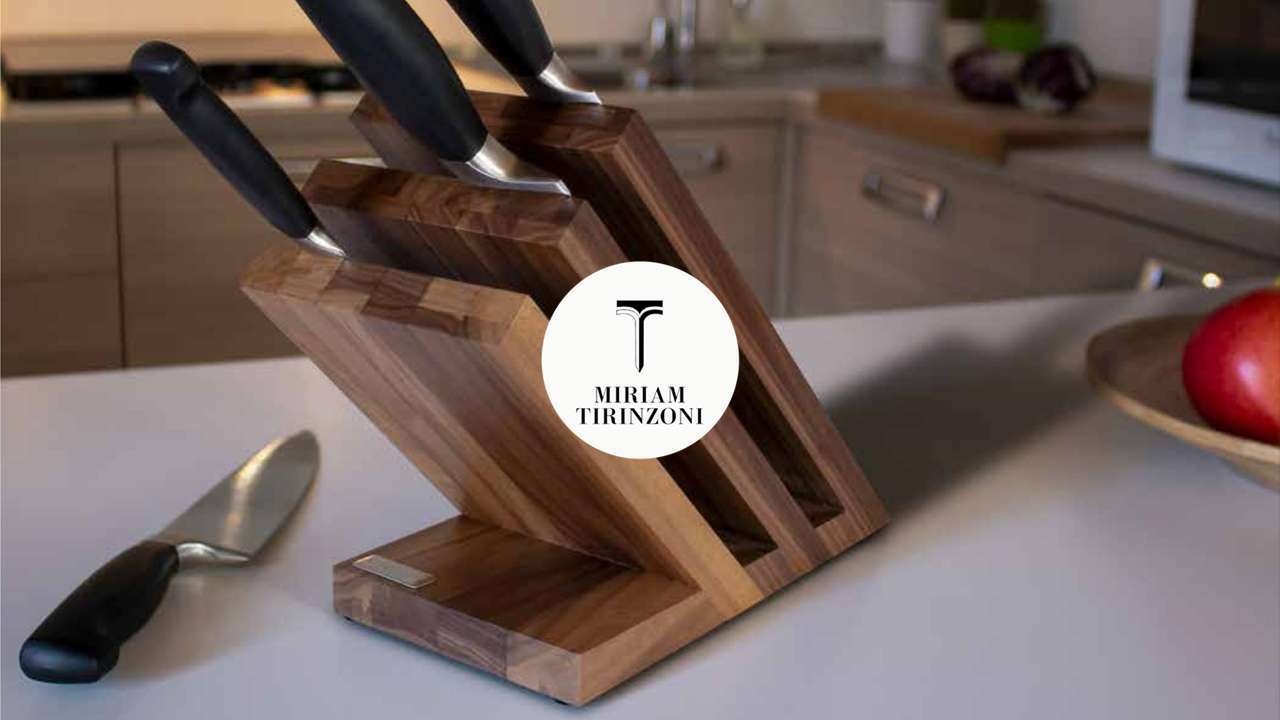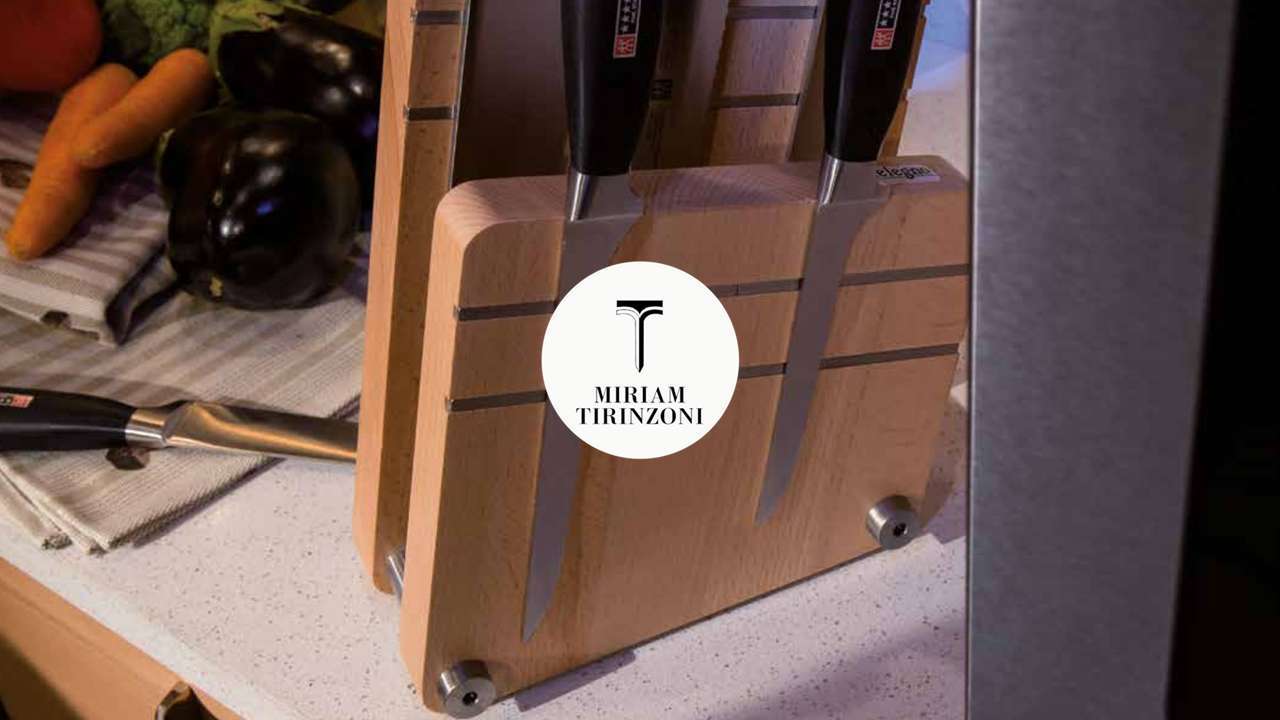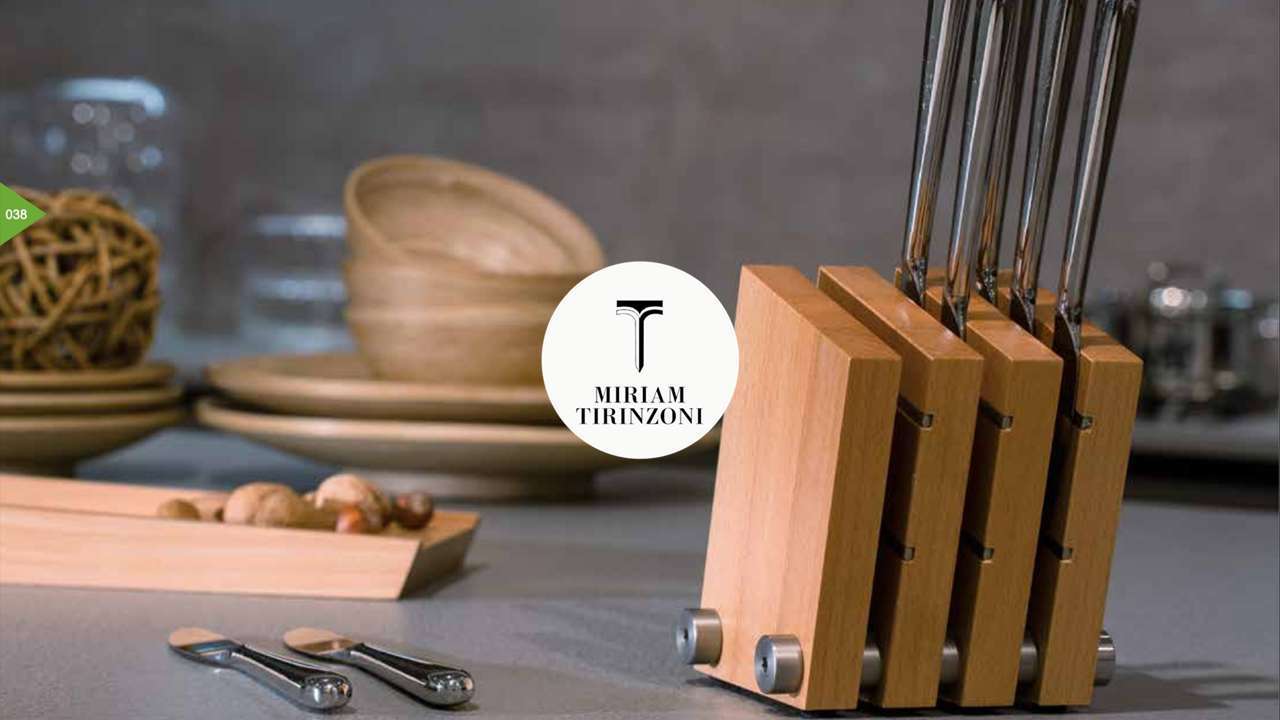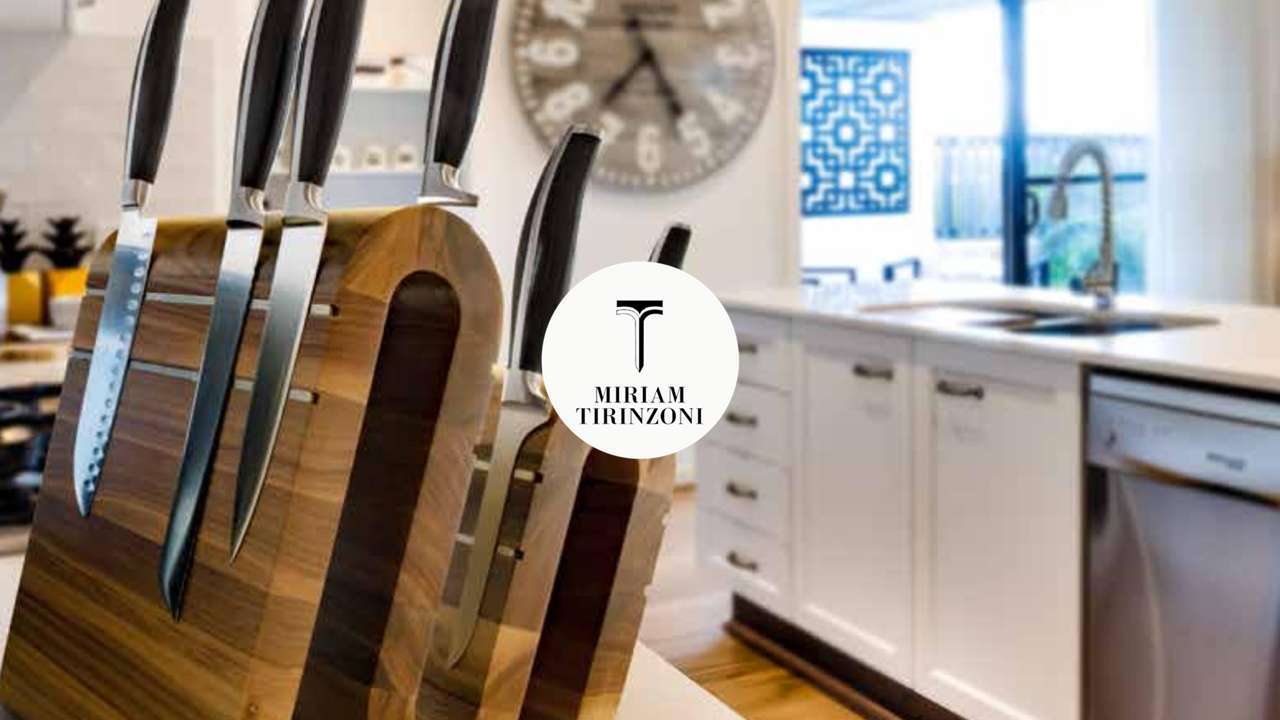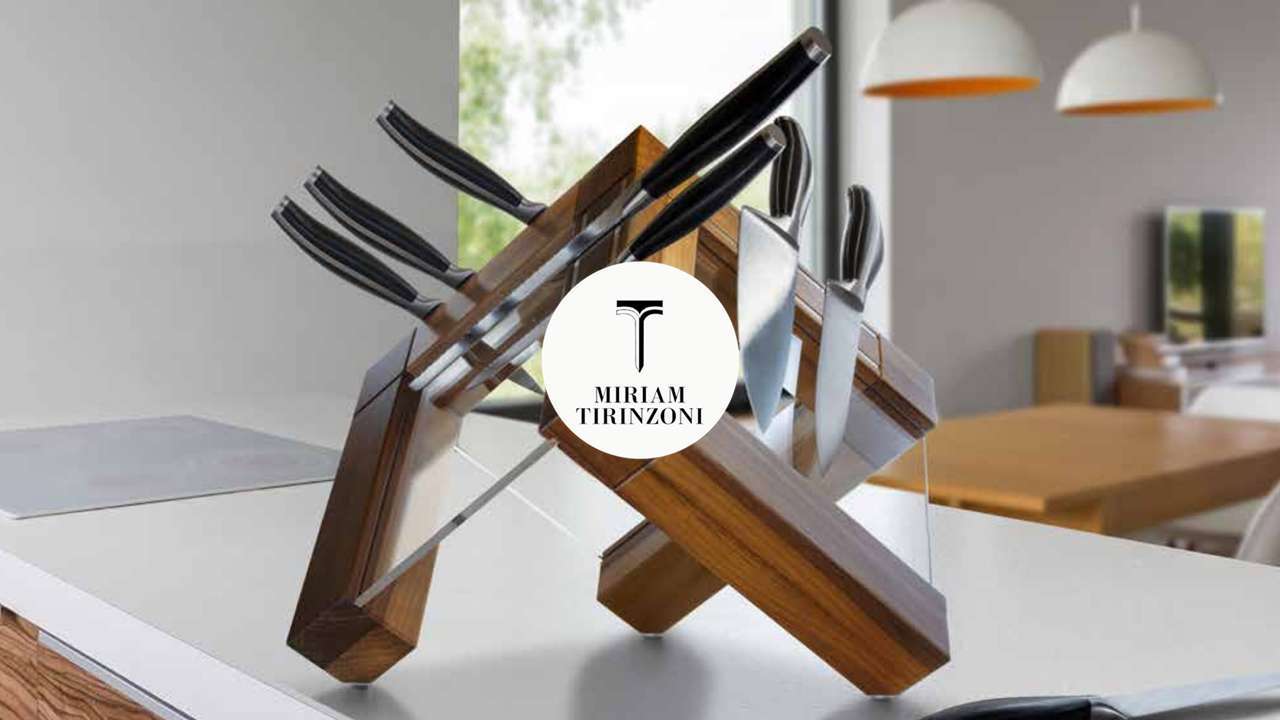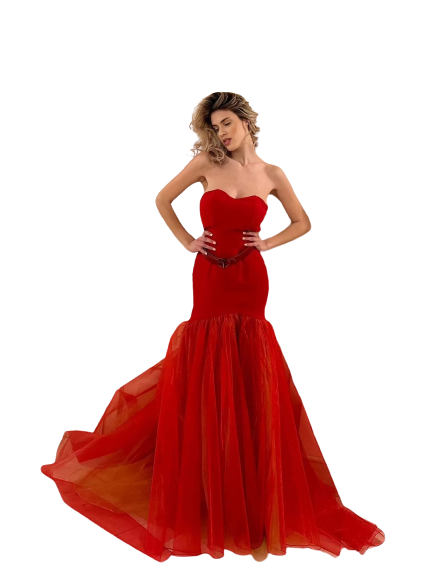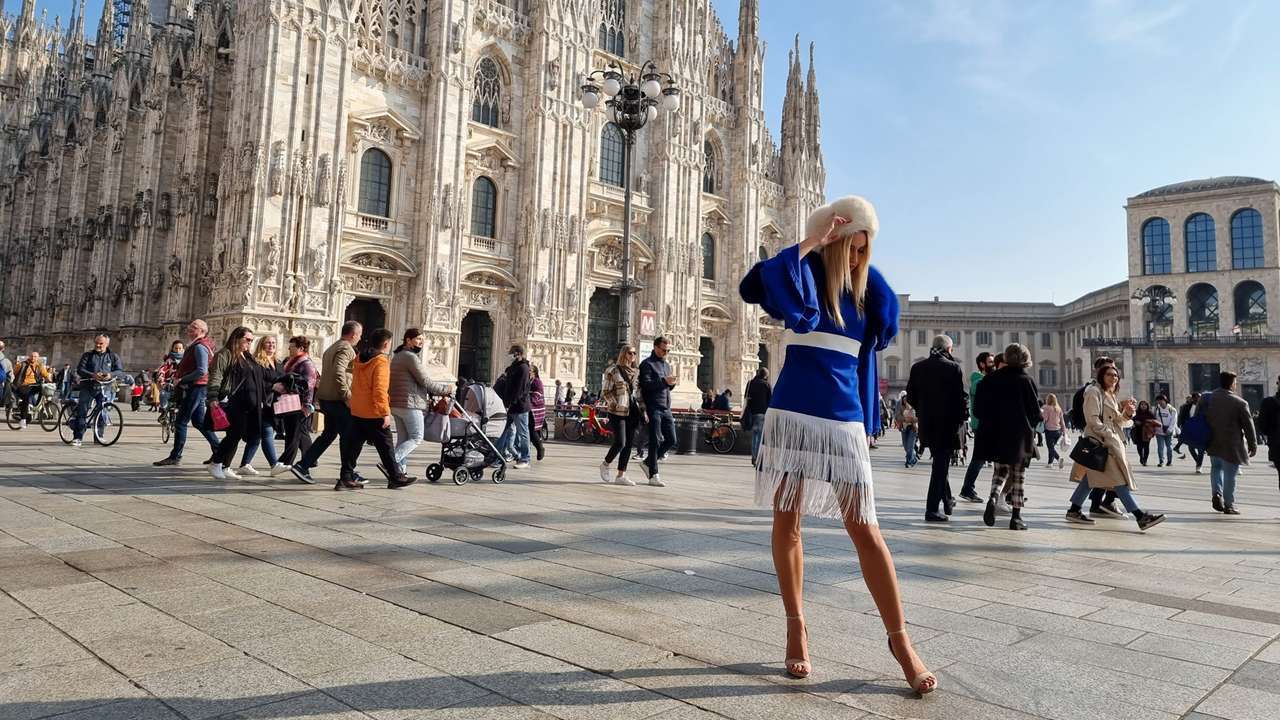Creation, ideas and passion
Creation, ideas and passion
The Made in Italy is famous throughout the world not only for fashion, but also for the precious materials: above all marble and granite for the furnishings.
Interior Design
Interior Design

Miriam Tirinzoni Designer
Miriam Tirinzoni boasts a team of expert and qualified people who design home interiors according to the good taste of Made in Italy
The common element on which Miriam Tirinzoni’s design is based is marble, as an important element of furniture and as a furnishing accessory which lends itself to the creation of many interior design works with both a classic and modern taste.
Miriam Tirinzoni also designs unique pieces and furnishing accessories in precious materials: marble and glass doors, majolica and marble stoves, bathroom furnishings, sinks and marble fountains. All to make your home unique and exclusive.
elegance
Interior design and unique pieces that make your home exclusive
Made in Italy is known worldwide as one of the most important brands globally.
This brand is perceived as a guarantee of quality, authenticity and style, the result of the precision work of local craftsmanship.
Miriam Tirinzoni as a designer faces the interiors of prestigious buildings offering a consultancy service for architects and for the construction of homes of high quality standing: the choice of colors and marbles are the strength of the designer.
elegance
Interior design and unique pieces that make your home exclusive
Made in Italy is known worldwide as one of the most important brands globally.
This brand is perceived as a guarantee of quality, authenticity and style, the result of the precision work of local craftsmanship.
Miriam Tirinzoni as a designer faces the interiors of prestigious buildings offering a consultancy service for architects and for the construction of homes of high quality standing: the choice of colors and marbles are the strength of the designer.
creativity
Made in Italy is famous throughout the world not only for fashion, but also for the precious materials: above all marble and granite and for the furnishings. The relationship between beauty and utility in architecture appears more complicated in the present than in the past. In contemporary culture there is a paradoxical antagonism between the former and the latter: the more we hide, and even deny, the dimension of the utility of an architectural object, the more we have the possibility of increasing the dimension of its beauty. An architectural object can be beautiful if its aesthetic dimension affirms, and does not deny, its usefulness, because affirming its usefulness means affirming an essential part of its identity statute.
Miriam Tirinzoni also designs unique pieces and furnishing accessories in precious materials: marble and glass doors, tiled and marble stoves, bathroom furniture, sinks and marble fountains, all to make your home unique and exclusive.
uniqueness
The medieval marbles of the lakes of Como, Lugano and Maggiore
For designers and architectural theorists, understanding the aesthetic question underlying a project is of fundamental importance, but the definitive judgment will then be that of whoever uses that architectural work every day or even for a few minutes. Miriam Tirinzoni is precisely in the phase relating to the aesthetic choice that takes over to support designers and customers in order to create a harmonious relationship with the environment and materials, naturally Made in Italy, exporting good taste and quality.
Among the most valuable and exported building materials of our country, marble is among the most requested. Marble has been widely used since ancient times as a material for sculpture and architecture. The low refractive index of calcite, of which it is mainly composed, allows light to “penetrate” the surface of the stone before being reflected, and gives this material (and especially white marble) a special luminosity. This stone has always found fertile ground in our country thanks to superfine processing techniques that enhance its characteristics.
In Italy, marble is a truly noble material and that of Carrara, due to its characteristic iridescent white color and its black and gray veins, was considered in ancient times to be the purest and most perfect marble. Today this conception has disappeared and also all other types of marble, with all their chromatic variations and nuances, are appreciated and considered valuable.
Furnishing your home with marble means wanting to create an environment of class and elegance. Carrara marble is ideal for flooring every corner of the home, for finishing masonry kitchens and for laying bathroom floors and wall tiles or white slabs that give an elegant look to vertical windows and which contrast in excellent way with the floor.
creativity
Made in Italy is famous throughout the world not only for fashion, but also for the precious materials: above all marble and granite and for the furnishings. The relationship between beauty and utility in architecture appears more complicated in the present than in the past. In contemporary culture there is a paradoxical antagonism between the former and the latter: the more we hide, and even deny, the dimension of the utility of an architectural object, the more we have the possibility of increasing the dimension of its beauty. An architectural object can be beautiful if its aesthetic dimension affirms, and does not deny, its usefulness, because affirming its usefulness means affirming an essential part of its identity statute.
Miriam Tirinzoni also designs unique pieces and furnishing accessories in precious materials: marble and glass doors, tiled and marble stoves, bathroom furniture, sinks and marble fountains, all to make your home unique and exclusive.
uniqueness
The medieval marbles of the lakes of Como, Lugano and Maggiore
For designers and architectural theorists, understanding the aesthetic question underlying a project is of fundamental importance, but the definitive judgment will then be that of whoever uses that architectural work every day or even for a few minutes. Miriam Tirinzoni is precisely in the phase relating to the aesthetic choice that takes over to support designers and customers in order to create a harmonious relationship with the environment and materials, naturally Made in Italy, exporting good taste and quality.
Among the most valuable and exported building materials of our country, marble is among the most requested. Marble has been widely used since ancient times as a material for sculpture and architecture. The low refractive index of calcite, of which it is mainly composed, allows light to “penetrate” the surface of the stone before being reflected, and gives this material (and especially white marble) a special luminosity. This stone has always found fertile ground in our country thanks to superfine processing techniques that enhance its characteristics.
In Italy, marble is a truly noble material and that of Carrara, due to its characteristic iridescent white color and its black and gray veins, was considered in ancient times to be the purest and most perfect marble. Today this conception has disappeared and also all other types of marble, with all their chromatic variations and nuances, are appreciated and considered valuable.
Furnishing your home with marble means wanting to create an environment of class and elegance. Carrara marble is ideal for flooring every corner of the home, for finishing masonry kitchens and for laying bathroom floors and wall tiles or white slabs that give an elegant look to vertical windows and which contrast in excellent way with the floor.

